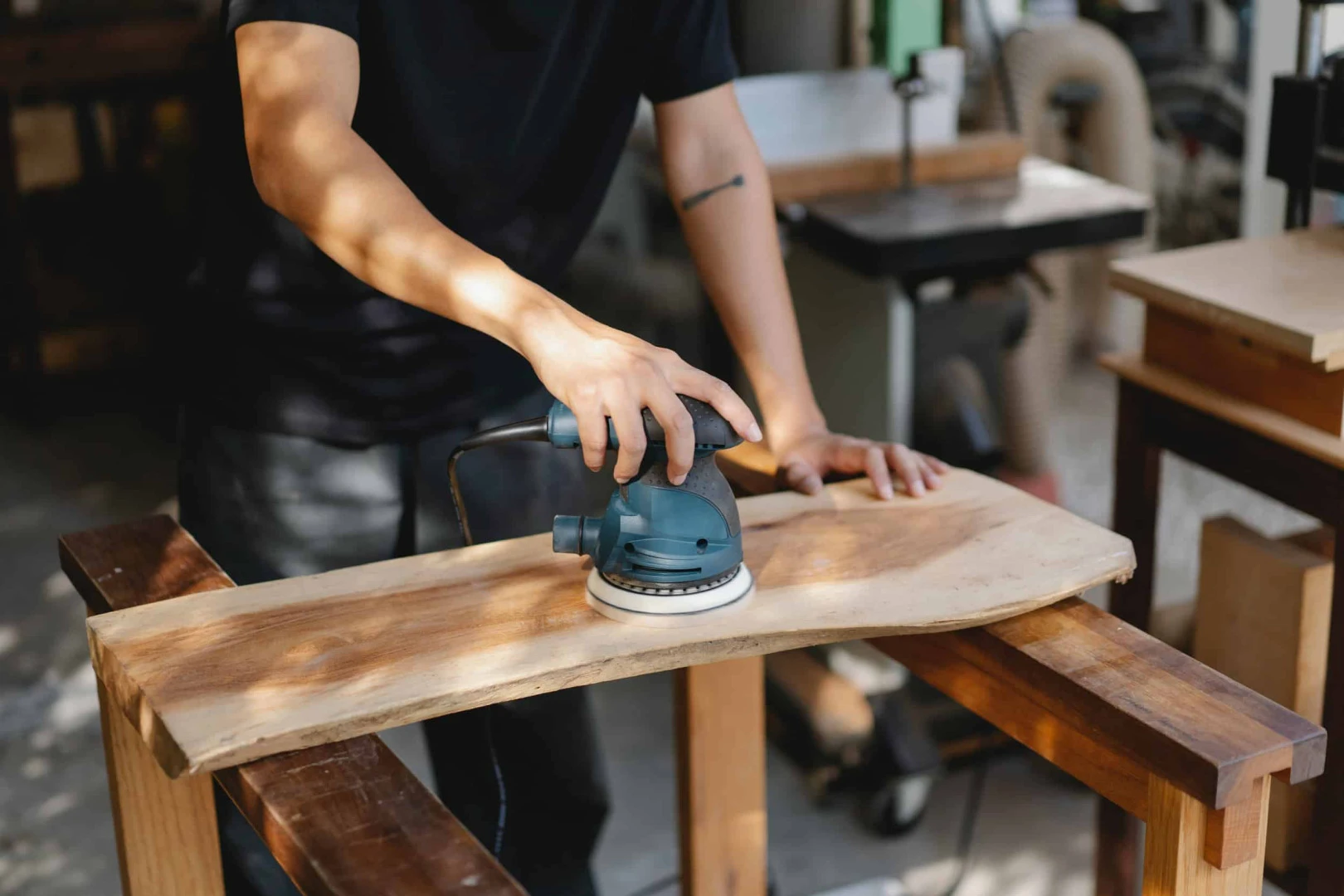Furniture plays an essential role in home décor, and scratches on surfaces can negatively impact their appearance. This is especially noticeable on high-gloss furniture, where scratches are more visible. Scratch removal and refinishing processes are critical for extending the life of furniture and restoring its aesthetic appeal. These processes can help furniture look as good as it did on the day it was purchased. Depending on the type and depth of scratches, different methods should be applied. Some scratches can be remedied with simple home techniques, while deeper damage may require professional intervention. This article provides comprehensive guidance on furniture scratch removal and refinishing techniques.
Causes of Scratches on Furniture Surfaces
Scratches on furniture can arise from a variety of factors. Contact with hard objects—such as movable items or shoes—can cause surface damage. Improper use or overloading furniture also increases the risk of scratches. Friction from nearby objects and careless handling during furniture relocation can contribute to scratch formation. Over time, the accumulation of dust and dirt can lead to micro-abrasions, accelerating fine scratches. Therefore, regular maintenance and cleaning are crucial. Preventive measures, such as protective materials and consistent upkeep, help minimize the risk of scratches.
Methods Based on Scratch Types
The type of scratch significantly determines the removal method. Fine scratches can often be treated with light polishing or specialized polishes, while more superficial scratches may require gentle sanding. Deep scratches, which penetrate the top layer of the surface, require more complex repairs. These often involve sanding followed by filling with appropriate materials. Selecting the correct technique based on scratch depth and type is critical, as improper methods can cause further damage.
Quick Solutions for Minor Fine Scratches
Minor fine scratches are the most common issue on furniture surfaces. Effective home remedies include using specialized polishing products to reduce their appearance while nourishing the surface. Polishing with a microfiber cloth can also help address small imperfections. For non-deep scratches, mildly abrasive substances such as toothpaste may be used. However, the most efficient and rapid solution is polishing with a lambswool polishing pad. This method effectively removes fine scratches and restores the surface’s shine.
Techniques for Moderate Surface Wear
Moderate wear on furniture surfaces produces more noticeable damage. In such cases, sanding followed by polishing is the most effective method. Start by carefully sanding the affected area with fine-grit sandpaper to remove worn material and reach the healthy underlying layer. Ensure that surrounding surfaces remain unharmed during sanding. Afterward, polish with suitable products to restore a shiny finish. If these processes seem challenging at home, professional assistance is recommended.
Professional Intervention for Deep Scratches
Deep scratches can cause significant damage and usually cannot be repaired with simple home methods. They penetrate the top layer and may damage underlying materials. Professional intervention is often necessary. Experts first sand the damaged area to level the surface and then fill scratches with appropriate materials. Polishing afterward restores the surface’s shine. Professional tools and materials ensure that furniture not only looks restored but also remains protected in the long term.
Materials Used for Refinishing
Several materials are essential for furniture refinishing. High-quality polishes and creams help fill minor scratches and restore the surface’s appearance. Sandpaper is also important for addressing moderate wear. Additionally, lambswool polishing pads are among the most effective tools for refinishing, particularly on high-gloss surfaces. A good microfiber cloth should also be used during polishing to improve efficiency. Choosing the right materials is key to restoring furniture to its original beauty.
Simple Home Methods
Simple home techniques are available for scratch removal and polishing. For minor scratches, polishing sprays are effective; they reduce the appearance of scratches while protecting the surface. Light sanding with toothpaste can also help minimize fine scratches. Polishing with a microfiber cloth further enhances the visual quality of the surface. Moderate wear may require careful sanding. For deep scratches, professional repair is strongly advised. These methods allow you to renew furniture conveniently at home.
Advantages of Professional Polishing
Professional polishing offers numerous advantages for furniture maintenance and restoration. Experts use the correct techniques and equipment to effectively remove deep scratches, significantly improving the furniture’s appearance. Professional polishing also ensures longer-lasting protection due to high-quality materials. After the process, furniture maintenance becomes easier, and experts can provide guidance for long-term care. Professional services save time and guarantee that furniture regains both aesthetic value and extended durability.
Protection Recommendations After Scratch Removal
After removing scratches, it is important to take measures to protect the furniture. Avoid placing hard objects on surfaces to prevent new scratches. Regular cleaning helps prevent dust buildup and protects the surface. Avoid abrasive cleaning products and consider using protective covers on furniture to minimize daily wear. Keep furniture out of direct sunlight to prevent color fading and surface damage. These simple precautions help maintain your furniture’s like-new appearance for a longer period.



